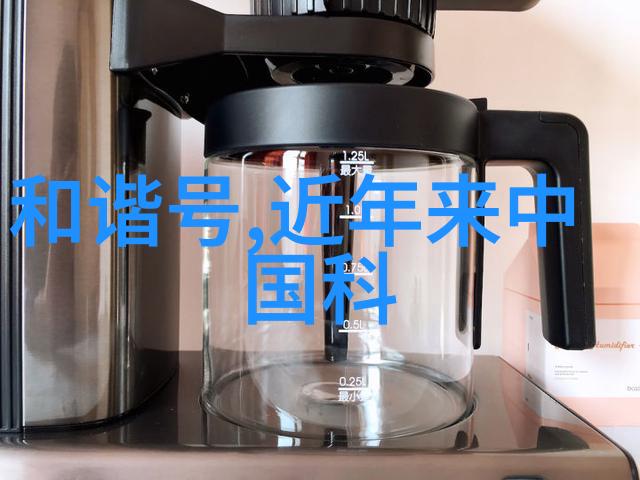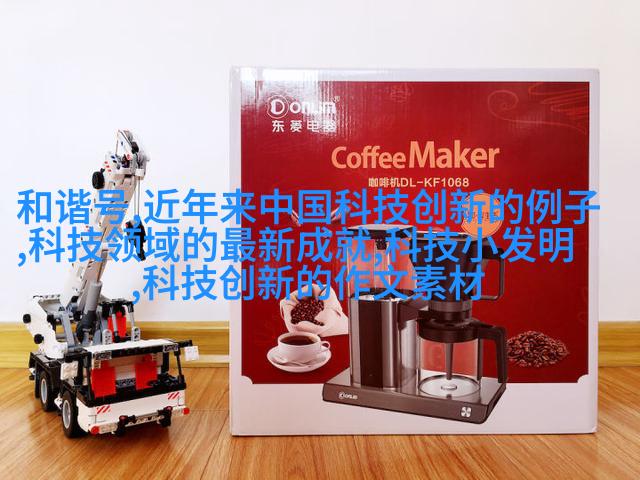铁骨铸梦:探索钢管材生产厂家的精髓

一、钢管材生产厂家概述
在现代工业中,钢管材是不可或缺的材料,它们不仅承载着建筑物的重量,还支撑着城市的发展。从高楼大厦到基础设施建设,从能源传输到交通运输,钢管材无处不在。然而,这些看似简单的钢筋背后,却有着复杂而精细的生产工艺。

二、历史与发展
steel pipe manufacturers have a long history, dating back to the Industrial Revolution. The first steel pipes were produced in the 19th century using a process called "puddling". This method involved heating and stirring molten iron to remove impurities, resulting in higher quality steel that could be shaped into pipes. Over time, new technologies emerged such as continuous casting and rolling mills, which further improved efficiency and production capacity.

三、现代化生产技术
Today's steel pipe manufacturers employ cutting-edge technology to ensure high-quality products. One such technology is continuous casting, which involves pouring molten steel into a mold where it solidifies continuously without interruption. This process allows for greater control over the chemical composition of the final product and reduces waste.

四、高强度材料需求分析
With increasing demand for high-strength materials in construction projects, steel pipe manufacturers must adapt by producing stronger grades of steel. This requires advanced manufacturing techniques such as heat treatment and alloying elements that enhance strength while maintaining ductility.

五、环保意识与可持续发展
As environmental concerns rise globally, so does the demand for sustainable practices in industries like metal manufacturing. Steel pipe producers are now focusing on reducing emissions during production processes through energy-efficient equipment upgrades and recycling programs for scrap metal.
六、市场竞争与未来展望
In an increasingly competitive market with multiple suppliers worldwide, differentiating oneself becomes crucial for success among steel pipe manufacturers. In terms of future prospects, there may be opportunities arising from emerging economies seeking infrastructure development or renewable energy projects requiring specialized piping systems.
七、小结及展望
In conclusion, exploring the world of steel pipe manufacturing offers insights into technological advancements made possible by human ingenuity while also highlighting pressing issues related to sustainability. As we move forward toward a greener future with heightened demands on infrastructure growths around us; understanding how these factories function will undoubtedly provide valuable information about our connection between industry advancement & societal needs!